I just bought a DSLR for under $100 – an old Nikon DSLR for under $100! And I couldn’t be happier with my purchase.
Spoiler alert: : When I say I just bought an old DSLR for under $100, I mean US$100. Here in New Zealand I paid NZ$150 for a body only. That’s about $86 US dollars at today’s exchange rate.
It’s a 17 year old Nikon D3000, a 10MP camera; the last Nikon DSLR with a CCD sensor – and it has only 26,034 shutter actuations!
I can guess what you’re thinking,…at least I think I can ….
You’re thinking that I have been seduced – no, not seduced, but influenced – by the talk all over the Internet that cameras with CCD sensors give more “film-like tones and colours“, an idea fueled by social media-ites armed with early point and shoot CCD digital cameras.
Thanks y’all – all your internet hype has certainly pushed prices of used CCD cameras up, even here in New Zealand – although I’m still more than happy that I was able to score my old D3000 DSLR for under $100!
I did make one error in researching my purchase! I had intended to buy a camera to use with my existing F-mount DX Nikkor lenses, but the 18-55mm kit lens I have is a Nikkor-P lens, and the D3000 works with only Nikkor-S lenses. Different focus motors – or something technical like that. Oh well – something else I’ve learned.
And the Nikkor-P 18-55 won’t even work manually!
But guess what? There’ll be a new/old Nikkor-S 18-55mm kit lens on its way to me soon!
The good news is that It my 18-140mm lens is a Nikkor-S though, and it was this lens that the photos in this story were taken with.
Disclosure: I am a DxO affiliate which means that if you purchase any new product from DxO using a link from my blog, you will get a 15% discount using the code RickH15 at the checkout, and I may receive a small commission..
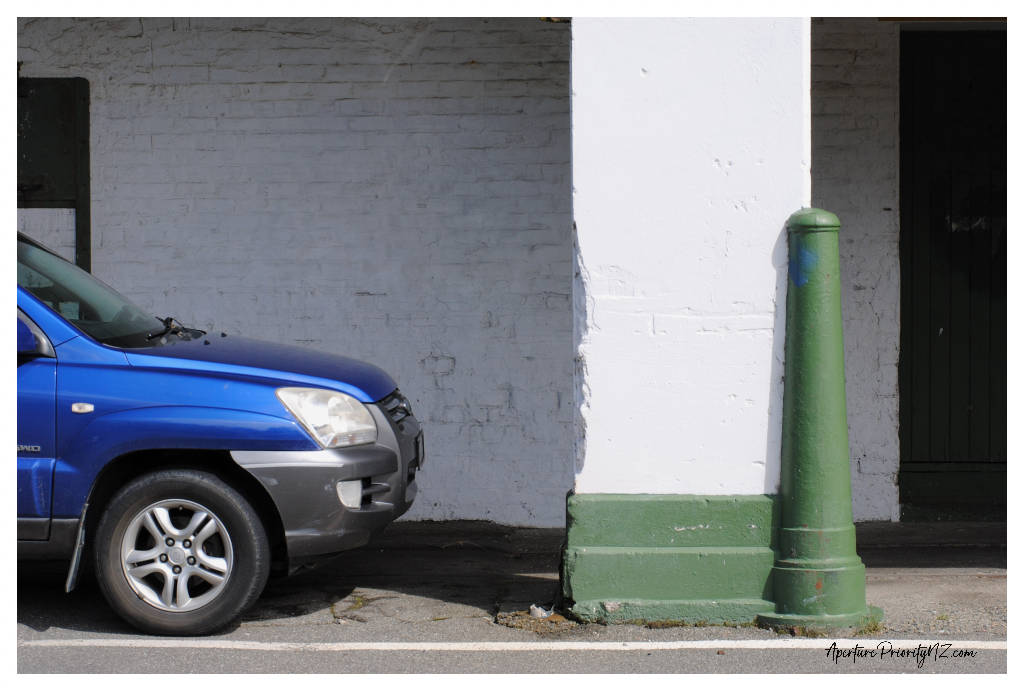
My first outing with the D3000 was to familiarise myself with it – its controls, settings, layout and handling. It is quite a bit smaller and lighter than my D7500, however with the 18-140 on the front is a bit front-heavy. Thank goodness the lens has VR as there was howling gale blowing when I was out taking photos.
I had intended to shoot only high quality JPEGs using the camera’s Vivid Picture Control setting. Somehow though I managed to not save the settings and ended up shooting in RAW and JPEG Basic, with Picture Control set to Standard.
Colour-wise and tone-wise all the photos here are effectively straight out of the camera (SOOC).
The only changes made in Photolab were to apply DxO’s lens and sharpness corrections, align the horizon in a couple of instances, apply a white frame (not visible against the white background here) and add my logo/watermark.
Oh yes – and one other thing.
The D3000 seems to overexpose just a wee bit – so I dropped the exposure setting in DxO by -0.2 on each image.
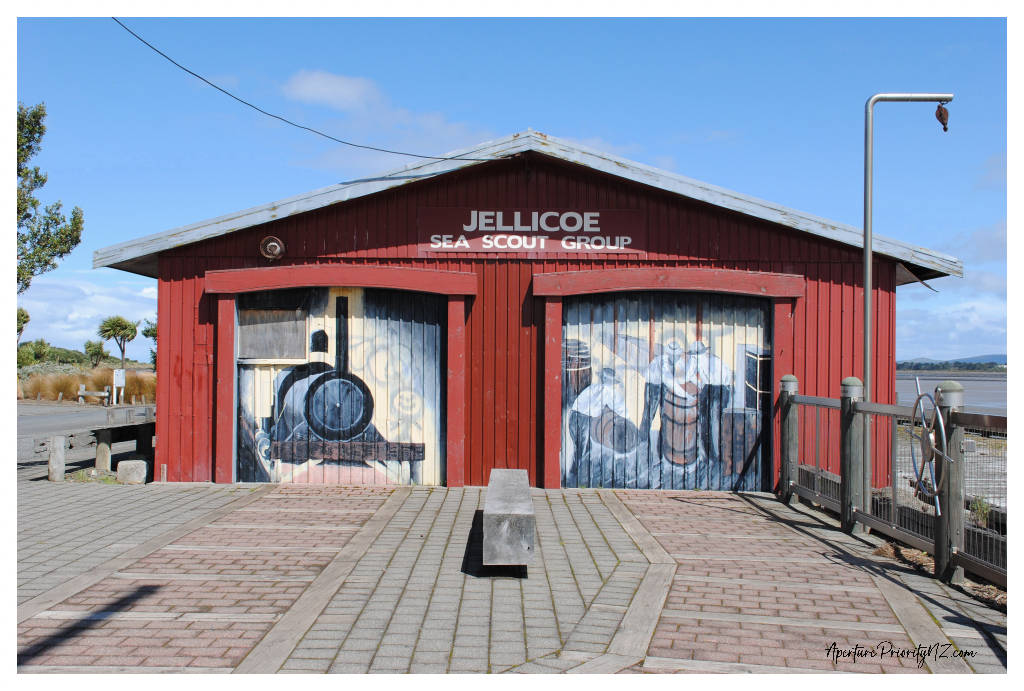
The basic JPEG setting compresses the image quite a lot – the compression ration is 1 : 16, whereas the Fine setting compression level is only 1 : 4.
It’s really only when pixel-peeping at over 300% that the level of compression becomes truly evident with fuzzy edges and background.

I quite like the colours the Standard PC setting provides – just maybe a little on the soft side in some conditions – but that could well be as a result of the camera being set to JPEG basic, thus losing some finer detail, and colours being “omitted” as part of the higher compression. It will be interesting to take a few photos with the Vivid setting, and in JPEG Fine mode next time out.
So what did I learn from my first outing with my DSLR for under $100?
- I like it;
- Images SOOC look pretty promising;
- The lack of an articulating screen doesn’t bother me;
- There is no Live View – so what? I prefer an OVF anyway:
- Inability to record video doesn’t bother me either;
- The fact that it seems to slightly overexpose is no cause for concern;
- Auto focus is a bit slow compared with more modern cameras – but again – I can live with that.
There are probably lots of other little niggly things that would upset photographers using more modern gear, but all in all – it was a good buy I feel.
The D3000, when released in 2009, was aimed at “beginner” photographers, but that in itself does not stop it from producing pleasant images.
As for the film-like tones and colours provided by the CCD sensor – I’ll be checking those claims out another time.
Right now though – here are a few more images from my day out…


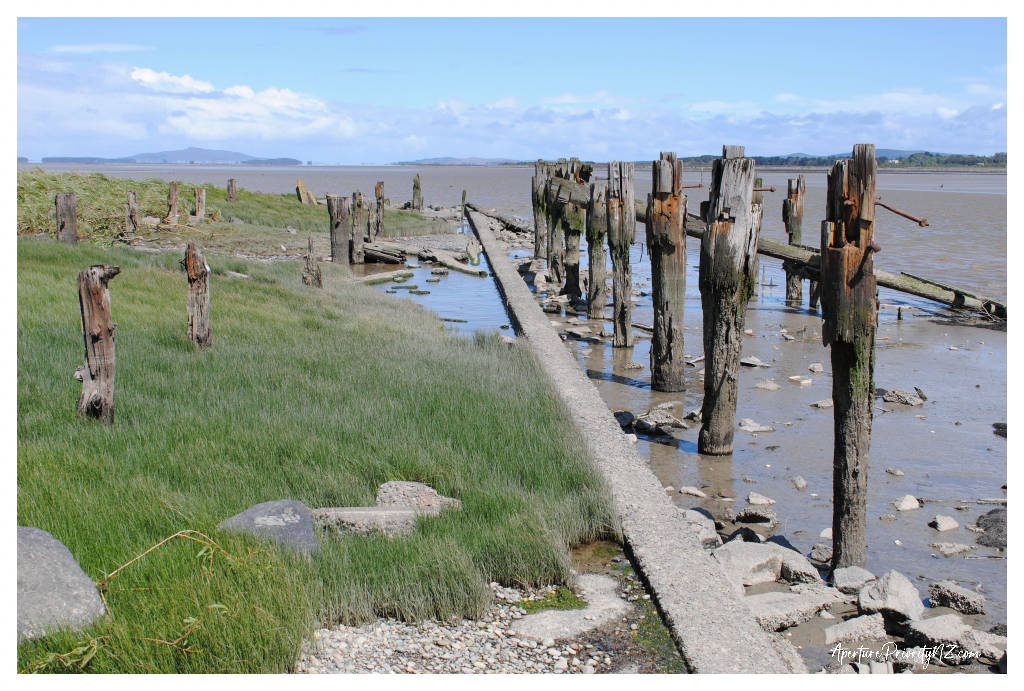
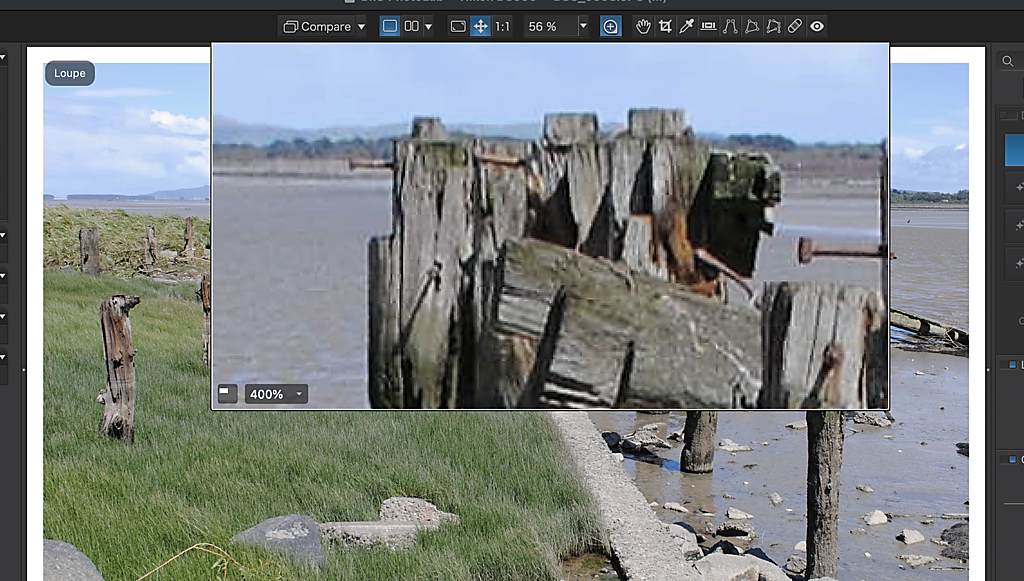


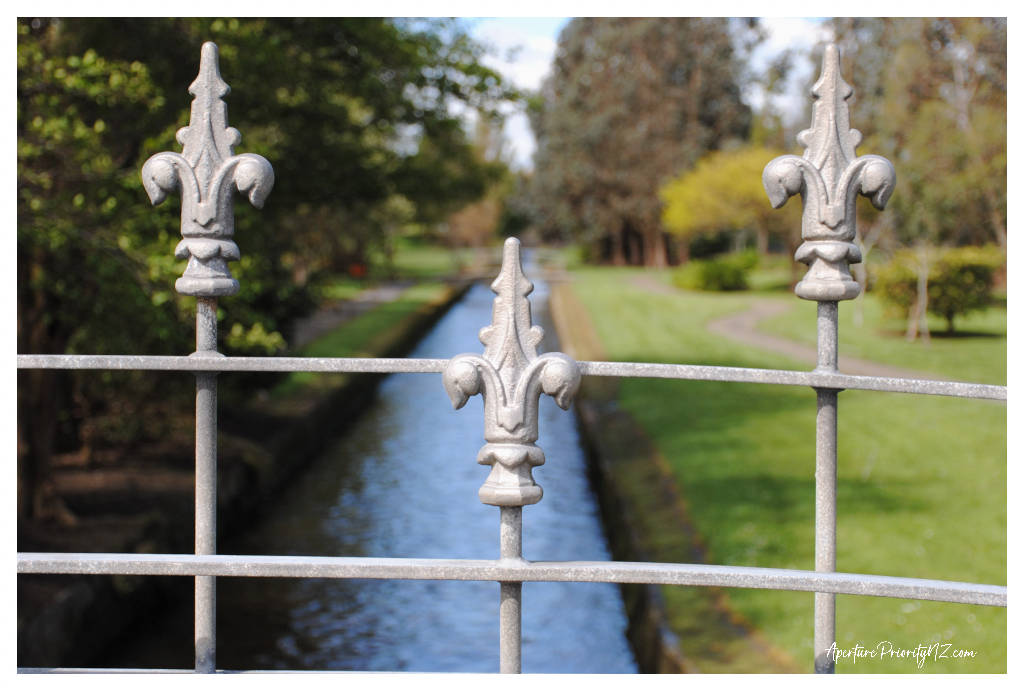
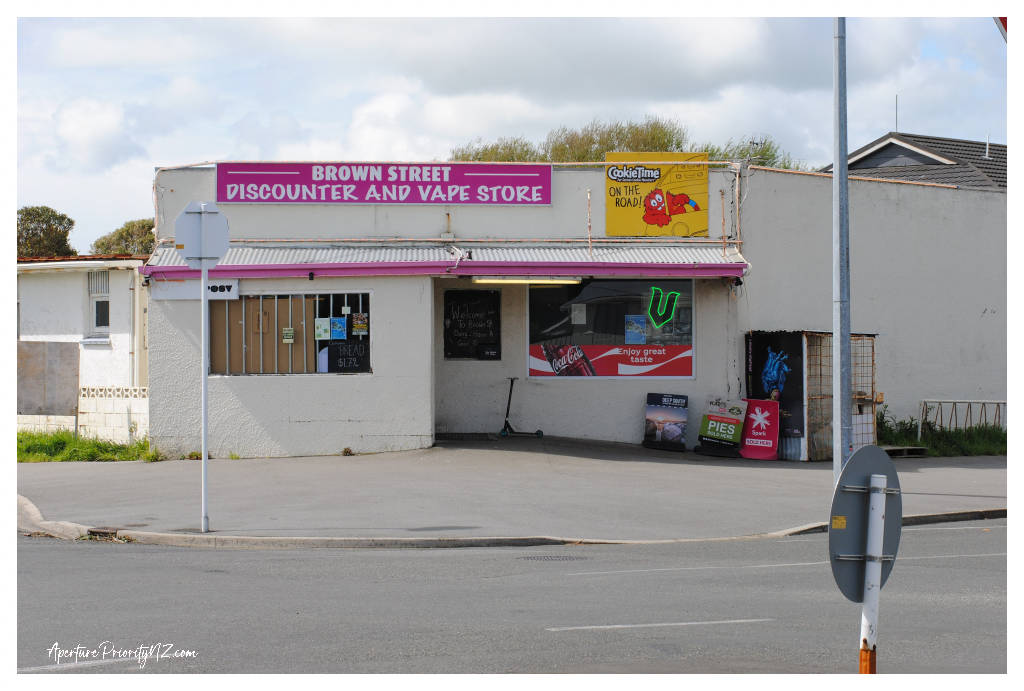
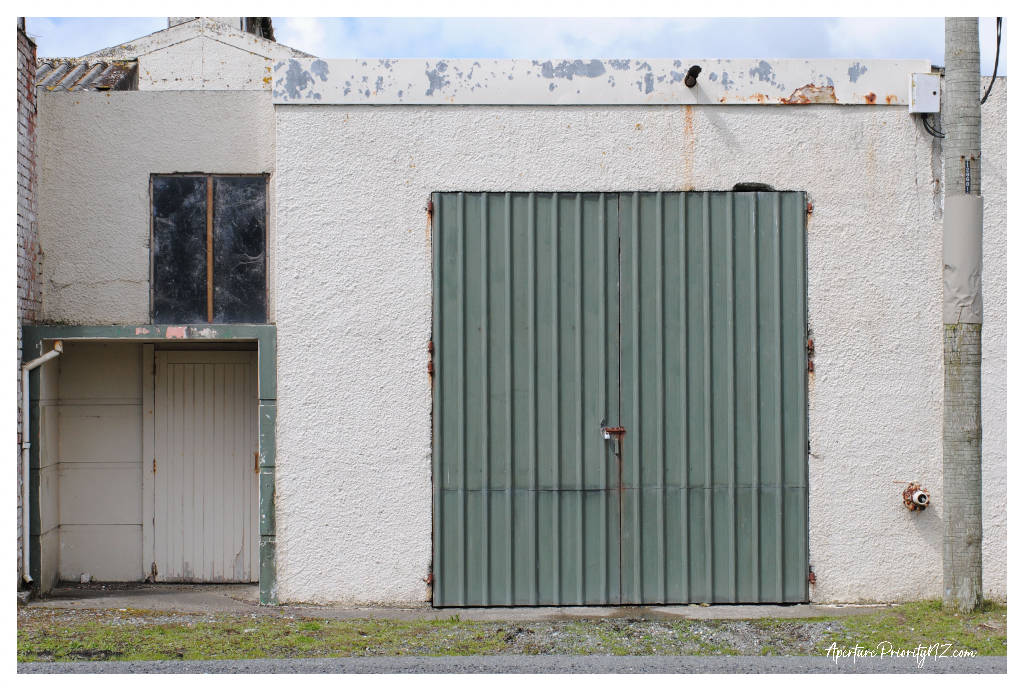

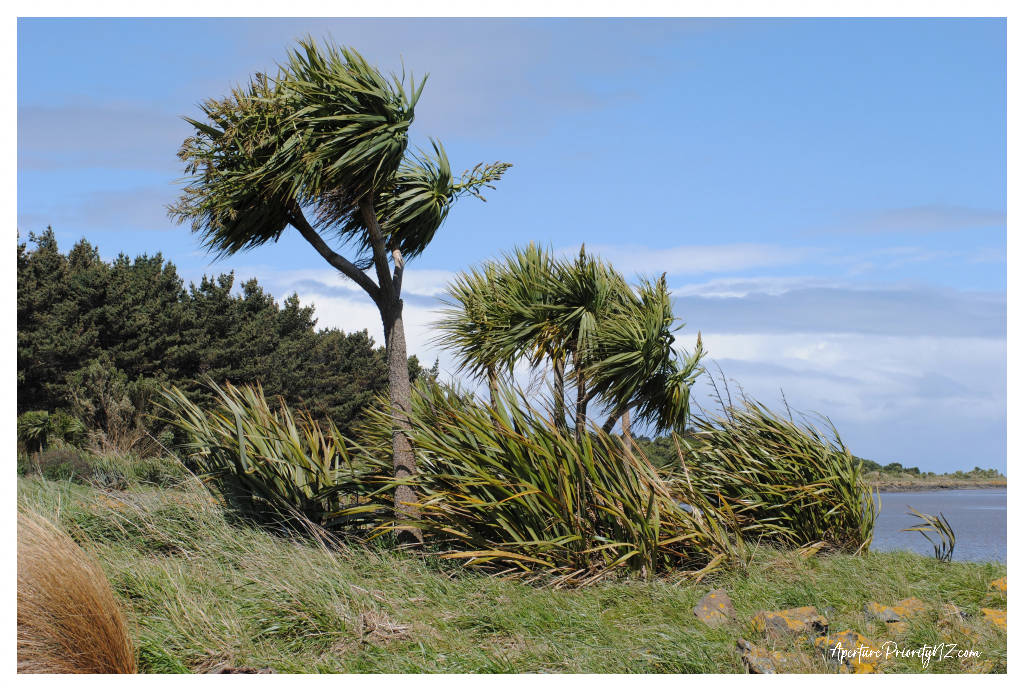
I have an Canon G7 and an Olympus E400 which I still regularly use for a change of pace. And I still get pictures I like from both. The idea of the CCD effect is interesting. I think I see it in some photos – maybe. I first came across the concept in this article: https://www.dpreview.com/interviews/5683481585/sofi-lee-on-digital-nostalgia
Hi Brian – thank you for reading my story on the D3000. I think the most important thing is that you get photographs that YOU like from your old cameras. Like you, I have yet to see the CCD effect, as you put it, in my photographs. Maybe I never will. But I’ll have fun finding out that there is or isn’t any such thing as the CCD effect.
Cheers, Rick